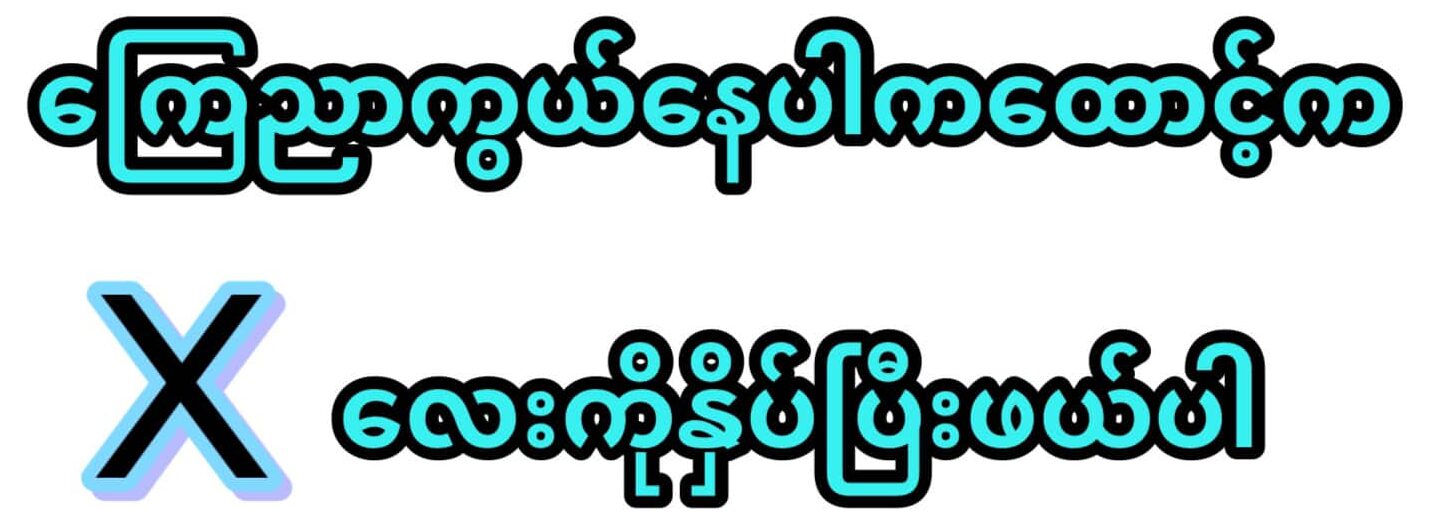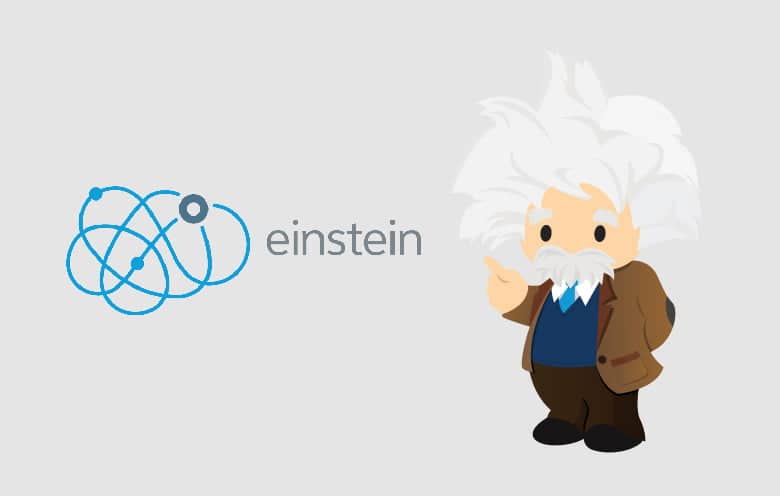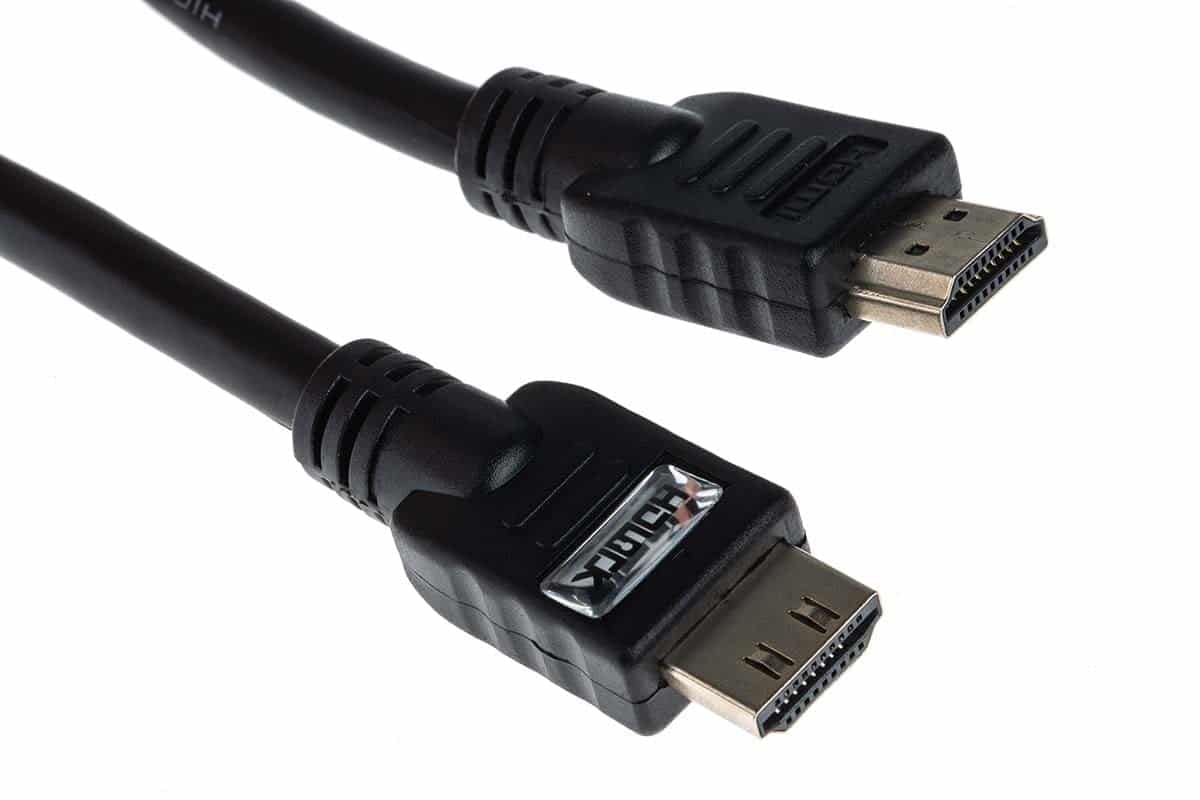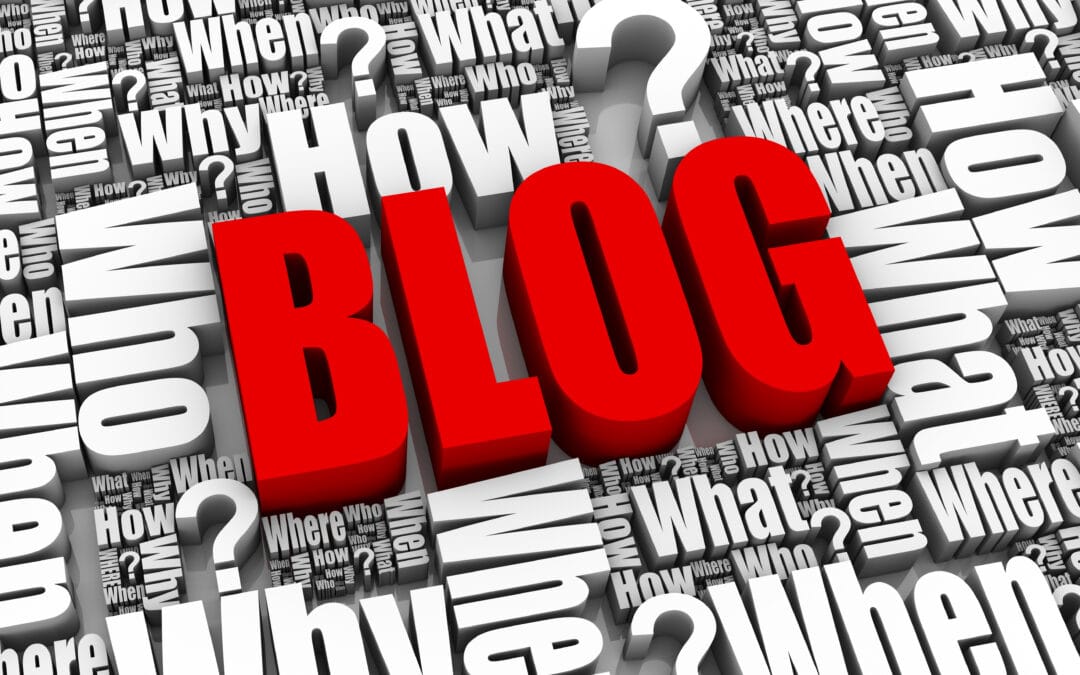In today’s fast-paced digital world, the ability to effectively communicate your message is paramount, especially if you’re aiming to gain public attention for a product, service, or event. One powerful tool in your arsenal is the press release. A well-structured press release can act as a beacon, guiding journalists and readers toward your news, and when executed correctly, it can be a potent instrument for generating interest and publicity. In this comprehensive guide, we will delve into the intricacies of crafting a compelling press release that not only conveys your message but also captivates your target audience.
Press Release: Your Gateway to Public Attention
At its core, a press release is a written communication that disseminates news or information to the media, thereby making it an indispensable tool for organizations, businesses, and individuals looking to share their noteworthy achievements, upcoming events, or other newsworthy developments. Press releases are a means to announce a wide range of news, including personnel promotions, product launches, corporate milestones, and more. The key to harnessing the full potential of a press release lies in understanding the proper format and structure to follow, which we will explore in depth.

The Headline: Your First Impression
The journey to an effective press release begins with the headline. Think of it as your press release’s first impression—it must be clear, concise, and striking. A compelling headline is one that encapsulates the primary message of the press release succinctly. Interestingly, crafting the headline can be approached after you’ve written the contents, allowing you to extract the most vital word or phrase and employ it to construct an attention-grabbing statement.
Consider this analogy: Your headline should function as a hook, reeling in both readers and journalists alike. When sculpting your headline, utilize the present tense of verbs, avoid excessive usage of the verb “to be,” and steer clear of overusing determiners like “a” and “the.” Capitalize the first word and proper nouns but refrain from capitalizing every word in the title.
For instance, imagine your press release celebrates a significant accomplishment by your organization. Your headline should convey this achievement boldly and succinctly. Crafting a powerful headline is a crucial step because it serves as a gateway to the rest of your press release. If the headline doesn’t grab the reader’s attention, they may never delve deeper into your message.
The Body Copy: Where the Story Unfolds
Now that you’ve successfully captured your audience’s attention with an engaging headline, it’s time to delve into the body copy—the narrative core of your press release. Your objective here is to emulate the style of a news story, keeping in mind that the journalists you wish to attract are often busy professionals who may not have the time to conduct extensive research about your organization or announcement. Therefore, your press release should provide them with all the information they need to construct their story.
Initiate the body copy by indicating the city and date from which the press release originates. This simple step not only adds context but also aligns with established press release conventions. It sets the stage for the reader, providing essential details right from the start.
The first sentence of the body copy holds tremendous significance. It should be crafted in a manner that grabs the reader’s attention and succinctly conveys the essence of the event or announcement. This initial sentence essentially functions as the lead—an introductory statement that encapsulates the core of the press release. Subsequent sentences should expand upon this lead, providing additional context and details.
It’s important to maintain a compact and easily digestible structure for the body copy. Avoid lengthy paragraphs and sentences that can overwhelm the reader. Simplicity is key here; refrain from using jargon or overly complex language. Instead, strive for clarity and impact. To achieve this, provide concrete and factual information that answers the classic journalistic questions: who, what, when, where, why, and how. These answers should form the backbone of your press release, serving as the bedrock of your narrative.
To further enhance your press release, consider incorporating informational links that provide additional depth and context. These links can support your message, offering readers the opportunity to explore related content in more detail. One effective strategy is to host the press release on your company website and include a link within the document. This not only bolsters your online presence but also enables readers to access supplementary information conveniently.
Lastly, to signal the conclusion of your press release, place three hash symbols (###) below the final line. This traditional practice notifies readers and journalists that they’ve reached the end of the document and reinforces the document’s completeness.
Company Information: A Critical Component
For journalists tasked with crafting news stories based on your press release, access to comprehensive company information is invaluable. To facilitate their work and ensure your press release serves as an informative resource, consider including a dedicated section titled “Company Information.”
In this section, provide a brief yet informative description of your company, typically consisting of 1-2 paragraphs with 5-6 sentences each. This description should offer readers and journalists essential background information about your organization, helping them contextualize the news or announcement presented in the press release.
At the conclusion of this section, include a sentence that directs readers to your company’s website. The link should be complete and exact, avoiding vague or generic phrases like “click here.” Instead, make it easy for readers to access your online presence directly.
Moreover, you may wish to include contact information for key individuals whom journalists may reach out to if they find your press release intriguing or require further details. By proactively providing this information, you facilitate efficient communication between your organization and the media.
In summary, crafting an effective press release involves adhering to a structured format while infusing your message with clarity, impact, and relevance. By mastering the art of constructing attention-grabbing headlines, providing concise and informative body copy, and offering essential company information, you can increase the likelihood of your press release capturing the attention of both journalists and readers. Whether you’re announcing a major achievement or unveiling an exciting event, a well-crafted press release can be a powerful tool in your quest for publicity and recognition.







